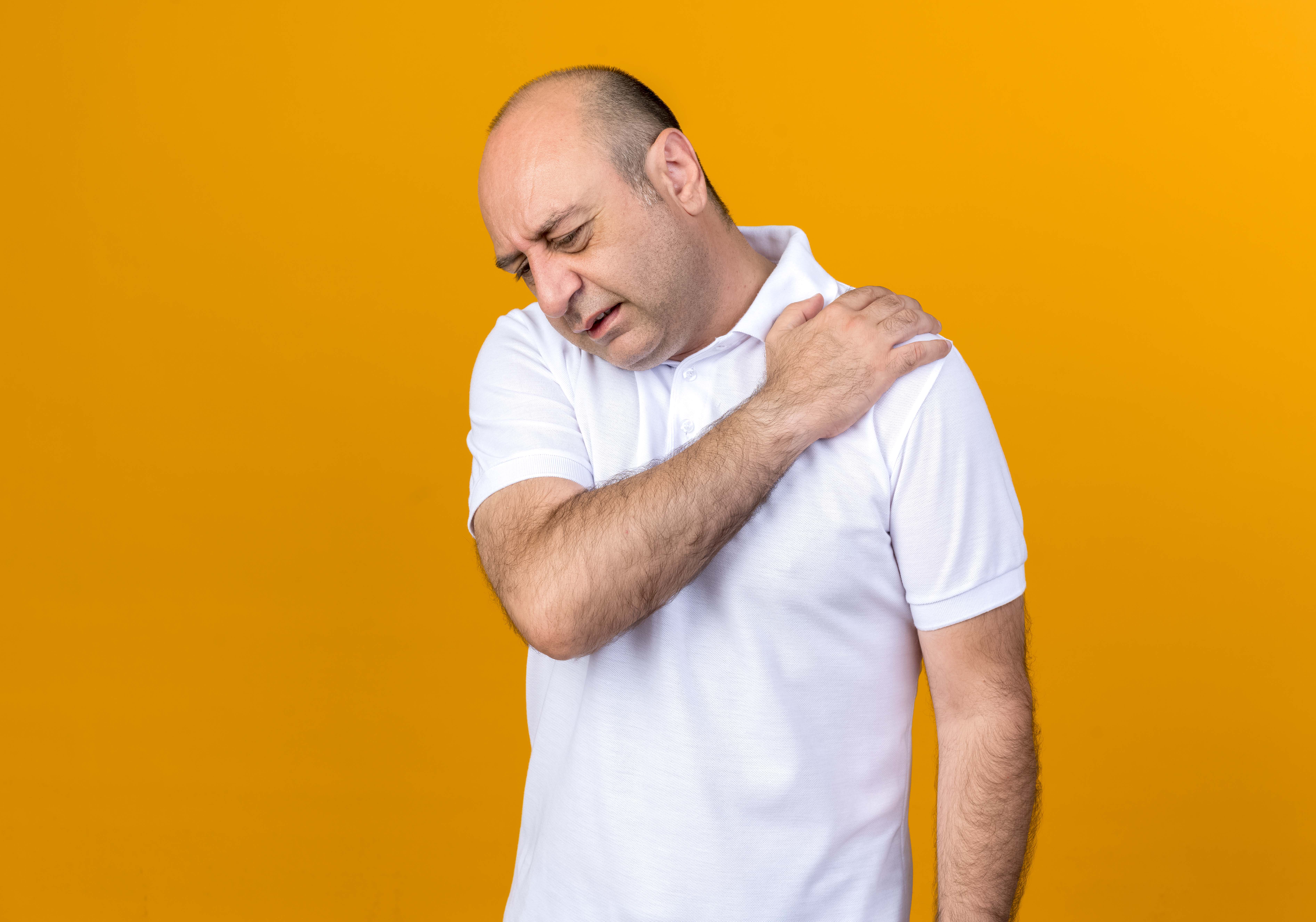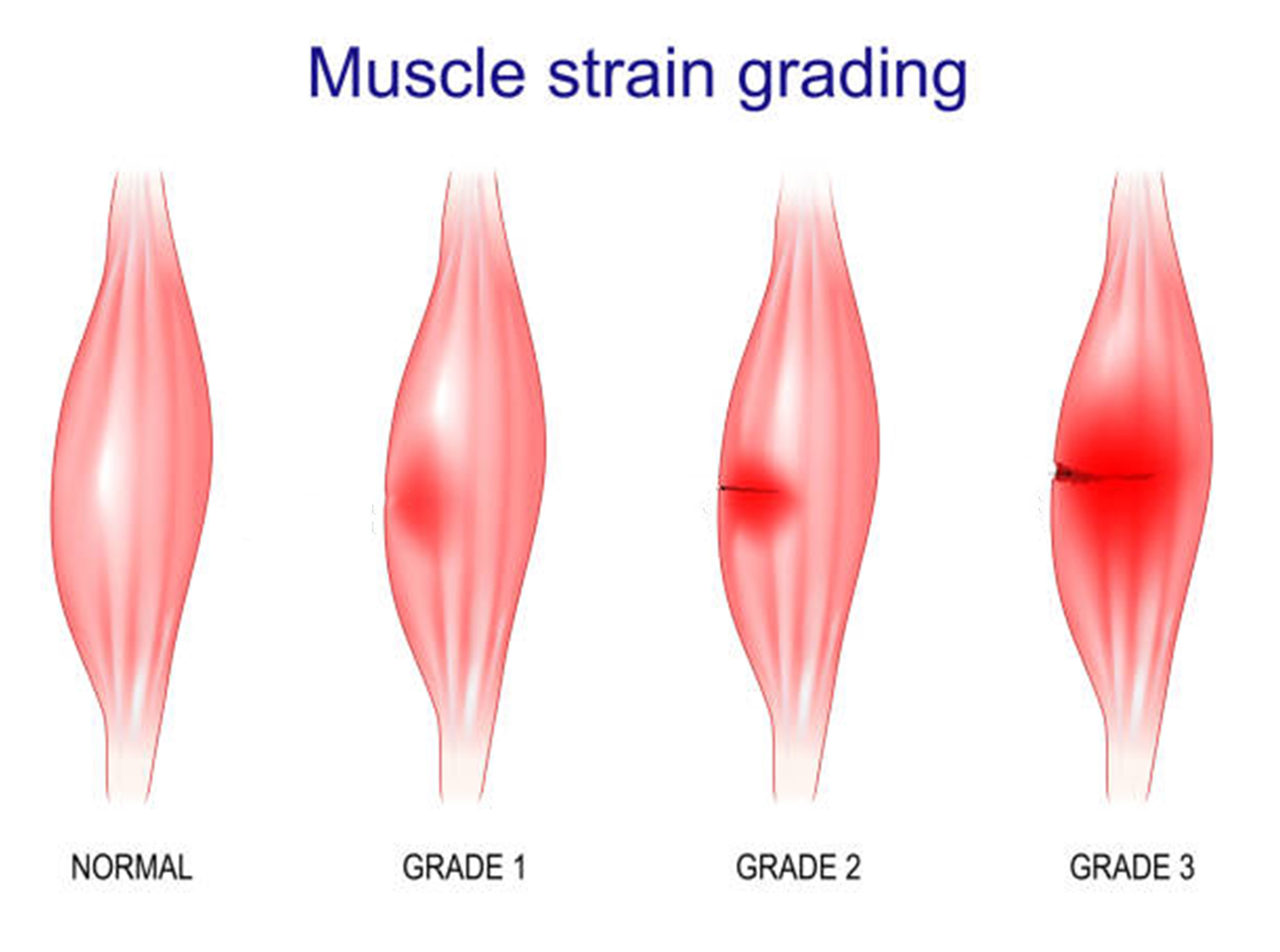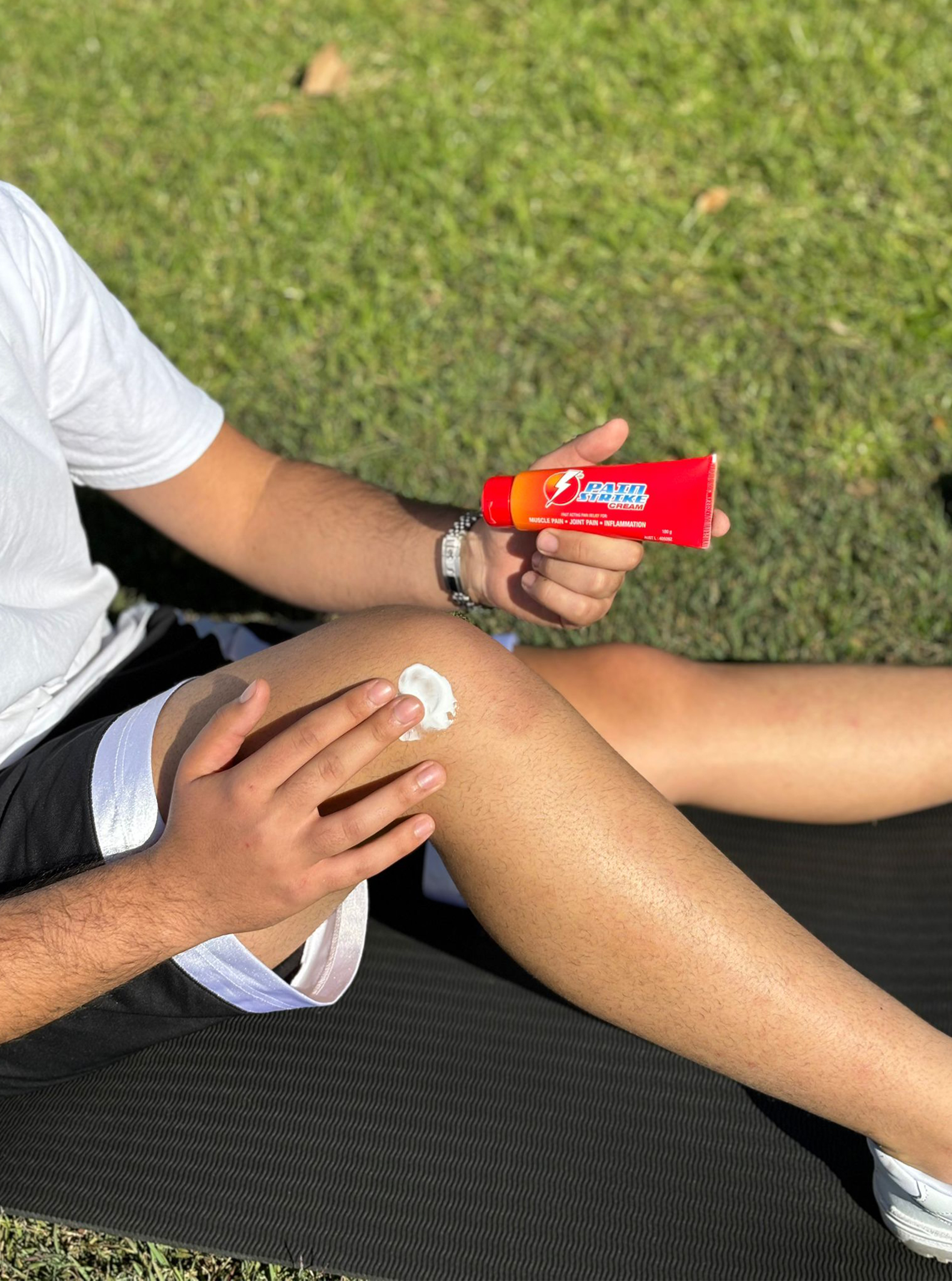
Muscle strains are a common injury that can affect anyone, from athletes to office workers. Understanding the different types of muscle strains and how to treat them is essential for effective pain management and recovery. In this blog, we’ll explore the various types of muscle strains, how to recognize them, and the best ways to treat and manage the pain.
Understanding Muscle Strains
A muscle strain occurs when muscle fibers are overstretched or torn. This can happen due to sudden, forceful movements or overuse of a muscle. Muscle strains are categorized into three grades based on their severity:
- Grade I (Mild Strain): A few muscle fibers are damaged. This type of strain causes mild pain and minimal loss of strength and function.
- Grade II (Moderate Strain): A greater number of muscle fibers are torn, resulting in significant pain, swelling, and reduced muscle function.
- Grade III (Severe Strain): The muscle is completely torn or ruptured, causing severe pain, swelling, and a complete loss of muscle function.

Muscle strains are categorized into three grades based on severity: mild, moderate, and severe.
Recognizing the Symptoms of Muscle Strains
Identifying the symptoms of a muscle strain can help you determine the severity and appropriate treatment. Common symptoms include:
- Pain: This can range from mild discomfort to severe pain, depending on the strain’s severity.
- Swelling: Inflammation and swelling often occur at the site of the strain.
- Bruising: Discoloration of the skin may appear due to bleeding within the muscle.
- Weakness: Affected muscles may feel weak and have reduced strength.
- Limited Range of Motion: It may be difficult to move the muscle or joint associated with the strained muscle.
.jpg)
Pain, swelling, and limited range of motion are common symptoms of muscle strains.
Treating Muscle Strains
Effective treatment of muscle strains involves a combination of rest, ice, compression, and elevation (RICE). Here’s a step-by-step guide:
- Rest: Avoid using the affected muscle to prevent further injury and allow it to heal.
- Ice: Apply ice to the strained muscle for 20 minutes every 1-2 hours to reduce swelling and pain.
- Compression: Use an elastic bandage to compress the area and minimize swelling.
- Elevation: Elevate the injured muscle above heart level to reduce swelling.

Rest, ice, compression, and elevation (RICE) are key steps in treating muscle strains.
Managing Pain and Promoting Recovery
In addition to the RICE method, there are several ways to manage pain and promote recovery from muscle strains:
- Pain Relief Creams: Applying a natural pain relief cream like Pain Strike can help soothe sore muscles and reduce inflammation. Pain Strike Cream contains ingredients such as camphor oil, wintergreen oil, and menthol, which provide fast-acting relief and support the healing process.
- Gentle Stretching and Strengthening: Once the initial pain and swelling have subsided, gentle stretching and strengthening exercises can help restore muscle function and prevent future strains.
- Hydration and Nutrition: Staying hydrated and eating a balanced diet rich in anti-inflammatory foods can support muscle recovery.
- Physical Therapy: In cases of severe strains, working with a physical therapist can help develop a personalized rehabilitation plan.

Applying Pain Strike Cream can help soothe sore muscles and reduce inflammation.
Preventing Muscle Strains
Preventing muscle strains is crucial for maintaining an active and healthy lifestyle. Here are some tips to reduce your risk:
- Warm-Up and Cool Down: Always warm up before exercise and cool down afterward to prepare your muscles for activity and reduce the risk of injury.
- Gradual Progression: Increase the intensity and duration of your workouts gradually to avoid overloading your muscles.
- Proper Technique: Use proper form and technique during physical activities to reduce strain on your muscles.
- Regular Exercise: Incorporate regular strength training and flexibility exercises to keep your muscles strong and resilient.

Warming up before exercise can help prevent muscle strains.
Understanding how to recognise and treat different types of muscle strains is essential for effective pain management and recovery. By following these guidelines and incorporating Pain Strike Cream into your pain relief routine, you can manage muscle strains effectively and get back to your active lifestyle.
*Writting assisted with AI



